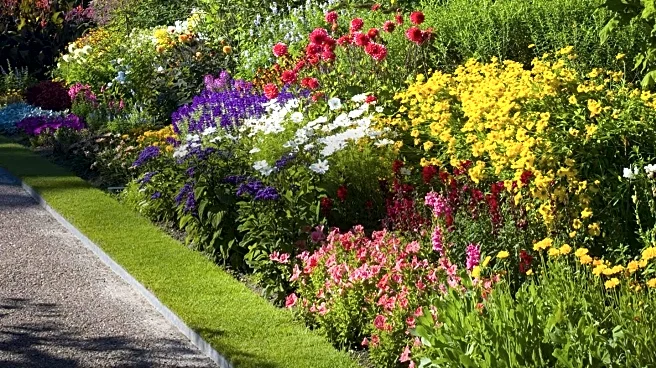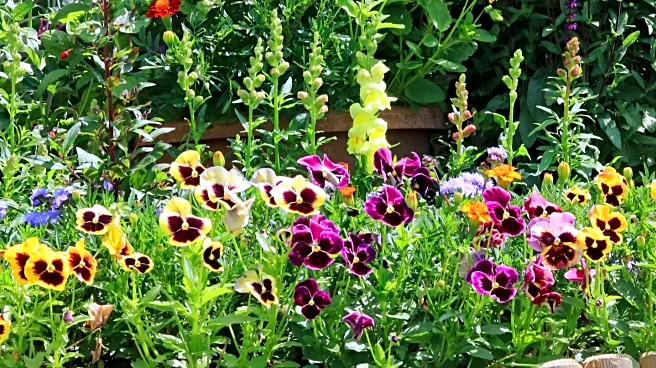Rapid Read • 8 min read
Tony Kennington, a gardener from Hartford near Huntingdon, Cambridgeshire, has witnessed the flowering of his agave americana, a rare plant known as the century plant. This plant, which can take up to 100 years to bloom, has grown to over 6 meters tall after being nurtured for 25 years. Kennington received the plant when it was just 45 cm tall and has carefully tended to it, protecting it from harsh weather. The plant began sprouting a central flowering spike in May, prompting Kennington to remove the roof of a makeshift greenhouse to accommodate its growth. The bright yellow flowers have attracted bees and wasps, adding to the spectacle.
AD
The flowering of the agave americana is significant due to its rarity and the dedication required to cultivate it. This event highlights the impact of climate conditions on plant growth, as Kennington noted the absence of cold winters as a factor in the plant's development. The occurrence also underscores the potential for climate change to alter horticultural practices, with experts suggesting that outdoor agave plants may become more common in Britain. The plant's monocarpic nature, meaning it dies after flowering, adds a poignant aspect to the gardener's achievement.
Following the bloom, the agave americana will die, but young offsets or 'pups' may arise around its base, allowing the plant to live on in a different form. Kennington has expressed no intention to plant another, acknowledging the lengthy time required for such a plant to flower again. The event may inspire other gardeners to explore the cultivation of rare plants, particularly as climate conditions evolve.
The flowering of the century plant raises questions about the long-term effects of climate change on horticulture. As outdoor agave plants become more feasible, gardeners may need to adapt their practices to accommodate new species. This shift could lead to a broader diversity of plants in gardens, influencing ecological dynamics and biodiversity.
AD
More Stories You Might Enjoy










